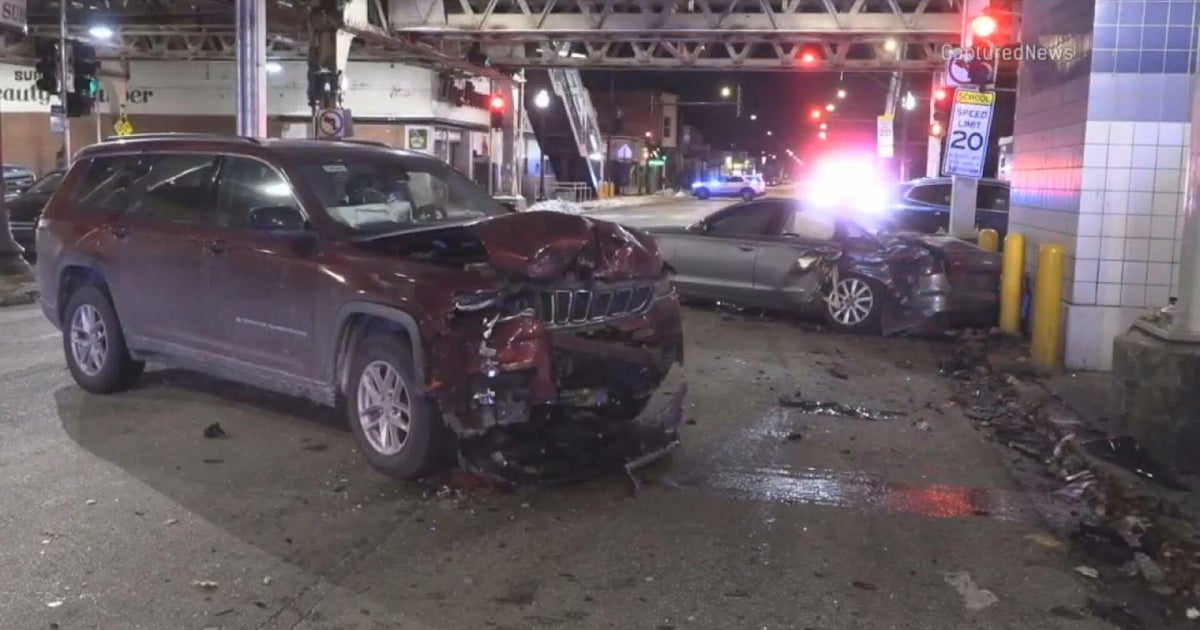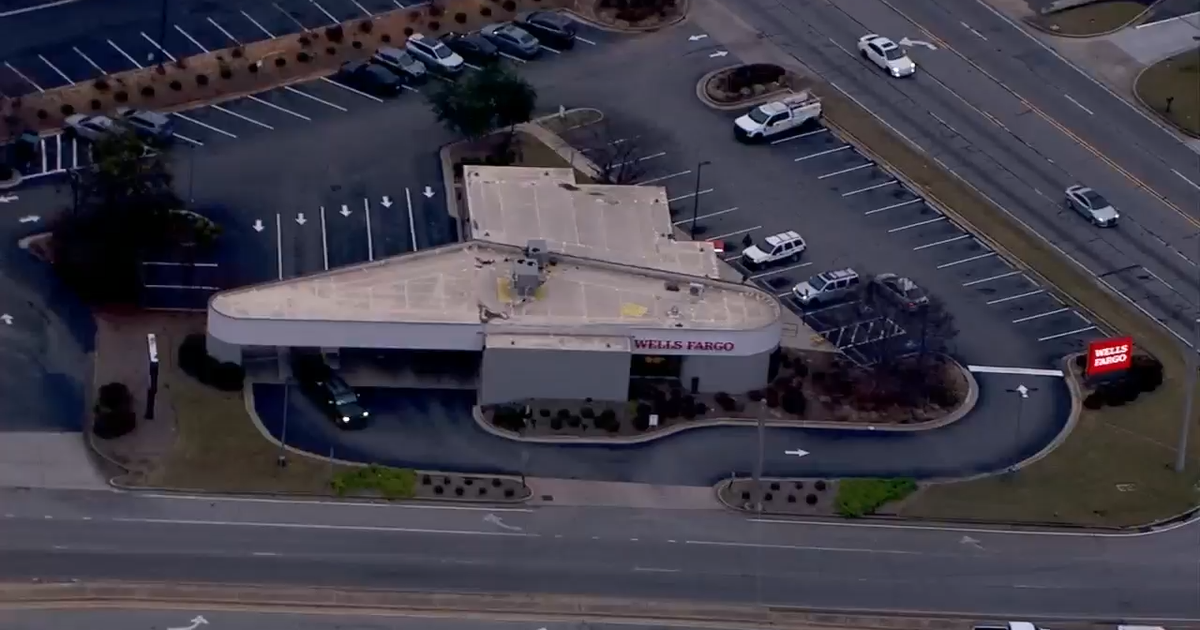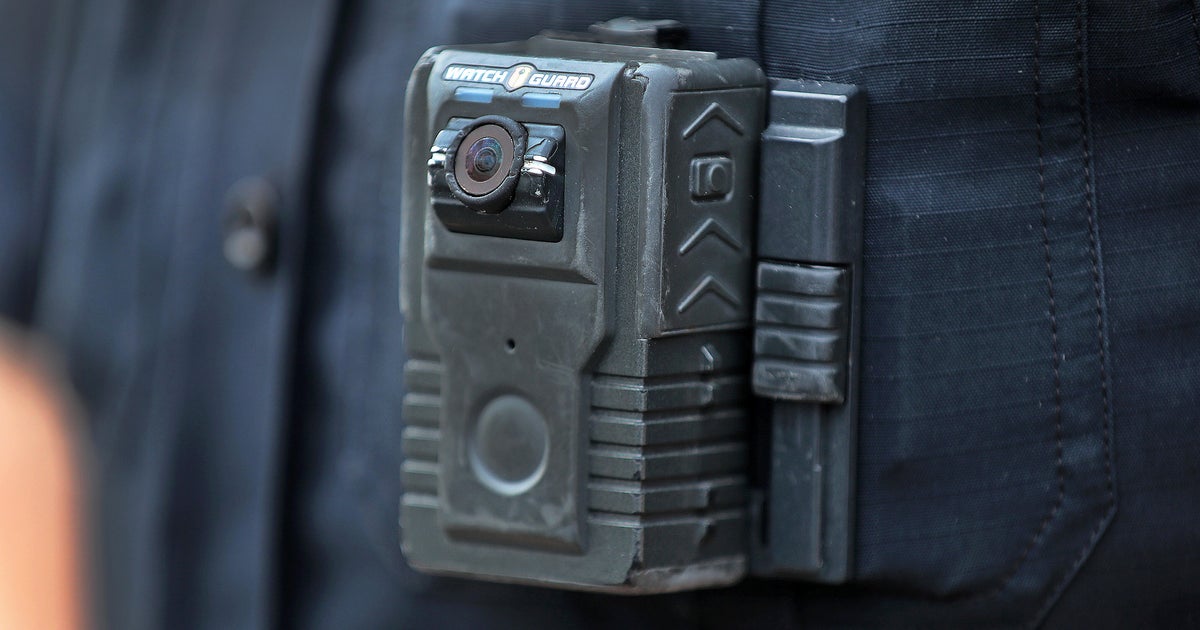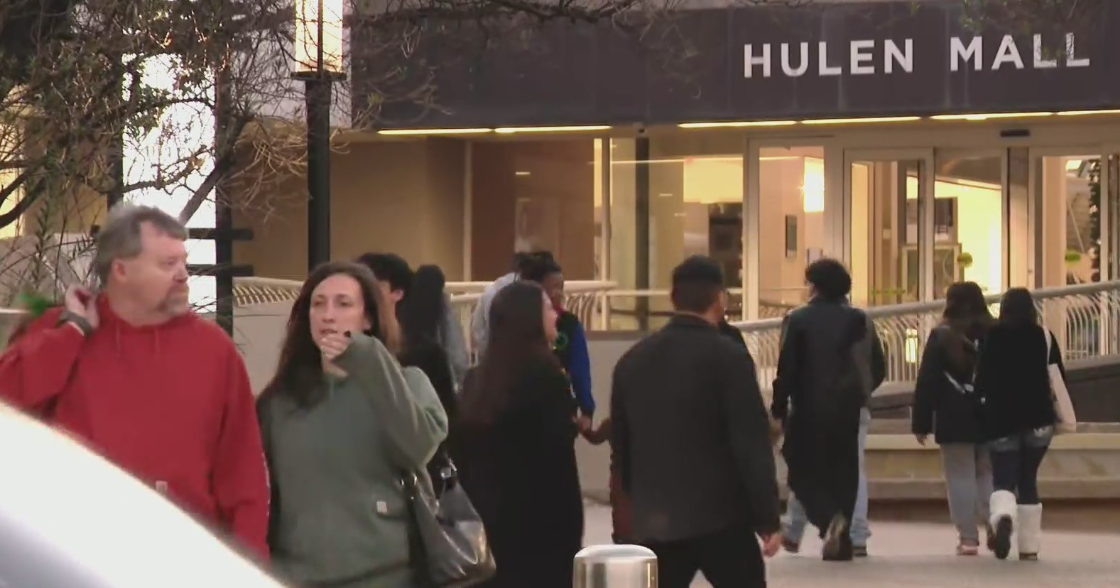Northwestern research team devises computer model to detect misconduct in the Chicago Police Department
EVANSTON, Ill. (CBS) -- Police misconduct can be difficult to expose, in part because of the so-called blue code of silence among officers.
But what if a computer model could detect misconduct without a whistleblower ever coming forward? A research team led by Northwestern University says they have accomplished just that.
As CBS 2 Investigator Megan Hickey reported Thursday, researchers say their initiative is not about identifying a few bad apples, but instead looking at police misconduct as a group activity. They have offered to share their findings with CPD.
For years, the CBS 2 Investigators have been tracking the misconduct allegations connected to Chicago police Sgt. Ronald Watts and a group of more than 10 officers.
More recently, CBS 2 Investigator Brad Edwards exposed the years of alleged misconduct by Officer James Hunt, who bragged on camera about killing someone – specifically saying, "I kill m****rf****rs."
"In a lot of the cases that we know, there's usually one or two kind of ringleaders that people kind of rally around," said Andrew Papachristos, a professor of sociology at Northwestern University.
Papachristos says individual officers might make the headlines, but focusing on them is not sufficient.
"You can't just look at one cop," he said. "You have to look at the groups around them, because the chances are it's not just them. It's a unit or a group or a crew that we sort of found."
His team, in coordination with the Invisible Institute, analyzed complaint and arrest data on Chicago Police officers from 1971 to 2018 — with the help of a computer model. The data were compared known groups of problem officers, including Watts and his crew.
The model found at least 160 other possible crews of bad actors within the department.
While they represent fewer than 4 percent of all officers, they account for 25 percent of all use-of-force complaints, 27 percent of all city payouts for civil and criminal litigations, and 23 percent of all police-involved shootings.
Papachristos cautions that his model does not determine guilt, but it does highlight groups of officers into whom CPD should be looking.
"We have to reevaluate this culture of policing, where the worst thing you can do is turn in a friend who's engaging in criminal behavior," he said.
Papachristos said he has been in touch with the Chicago Police Department about his findings. We reached out to CPD for comment to ask if they may use this computer model in the future, and the department released this statement:
"The Chicago Police Department is committed to constitutional and lawful policing. We have substantially increased compliance with consent decree requirements, which focus on implementing policies and practices aimed at building and strengthening trust within every community across the city. This includes enhanced accountability structures to identify and prevent officer misconduct."







